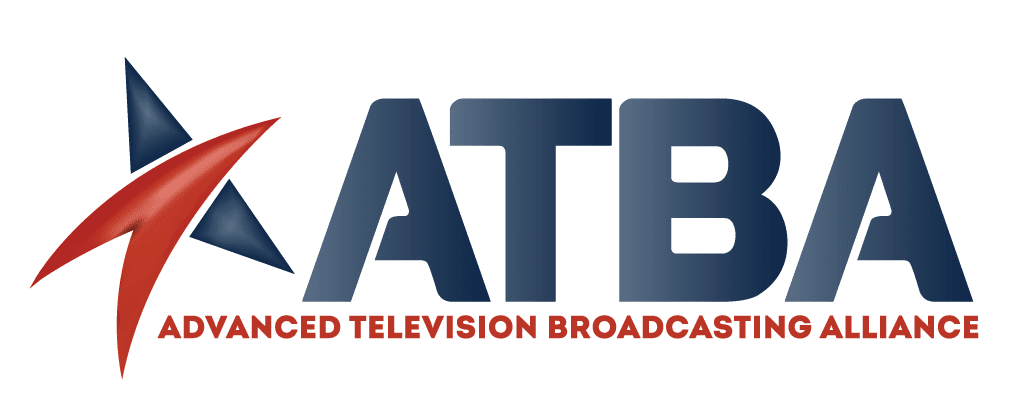We’ve all experienced it – the leader who lacks vision, shirks responsibility, or fails to inspire. Yet, in these moments of poor leadership, hope is not lost. With wisdom, courage and unity, you and your team can overcome ineffective leadership.
A Tribe Adrift
A long time ago, in a land of dense jungles and raging rivers, lived the Luku tribe. During Chief Waziri’s rule, the Luku flourished. But when his son, Chief Akono, rose to power, troubles emerged. Obsessed with wealth, Chief Akono made selfish choices that prioritized riches over people. His apathy left the tribe untethered and demoralized. Production languished, and discontent brewed.
The Path Forward
After months of stagnation, the council of elders convened in secret. “Chief Akono has failed us,” they lamented. Yet wallowing in disappointment would not spur change. So the elders resolved to guide the tribe themselves.
They reignited the community spirit by organizing shared meals where people felt heard. Production increased as they matched talents to tasks. And Chief Akono’s greed was counterbalanced by the council’s wisdom. Progress ensued not from the chief’s leadership but despite his indifference.
Navigating a Negligent Boss
Mandy found herself in a similar circumstance as an individual – reporting to an incompetent and negligent boss. Like Chief Akono, Mandy’s manager, Randy, constantly shirked responsibility. He flaunted rules and displayed no leadership skills.
Without a team for support, Mandy felt alone and overwhelmed. Yet resigning herself to resentment would only harm her wellbeing. So Mandy resolved to improve her circumstances.
She led by focusing on her own development and responded professionally when her boss’s shortcomings spilled into public view. Her poise cast the manager’s carelessness into stark relief. With time, Mandy’s talents illuminated her boss’s incompetence.
Lessons for Overcoming Poor Leadership
Whether as a unified team or individual, confronting poor leadership takes:
– Shared Responsibility: Collaborating to fill voids left by an ineffective leader.
– Internal Motivation: Finding encouragement through community and self-development.
– Tactful Confrontation: Responding with empathy and facts, not blame.
– Patience and Resilience: Focusing on incremental progress.
Escalating Egregious Issues
While persevering with patience and professionalism should be the priority, certain egregious circumstances may warrant reporting directly to upper management.
Signs that elevating concerns is justified include:
– Illegal or unethical activity.
– Abuse of power or personnel.
– Conflicts of interest.
– Mismanagement that tangibly harms the organization.
– Valid concerns repeatedly ignored.
Even when escalation is warranted, collect factual documentation and approach leaders calmly and objectively. Focus on solving problems, not punishment.
Leaders who lack self-awareness rarely respond well to public condemnation. Discretion and discernment are key.
The goal of rising above poor leadership is organizational improvement and conflict resolution, not political power plays. With judiciousness and care, escalation can serve as a tool when all other avenues have been exhausted.
The Moral of the Story
Leadership is a collective endeavor. Though progress stalls under poor leadership, hope persists when teams and individuals unite behind purpose. By leaning on camaraderie, accountability and tactical action, we can steer the ship and achieve success, even without a competent captain.














